7 best pet-safe indoor house plants
Here's the greenery you can add to your home without hurting your fur babies
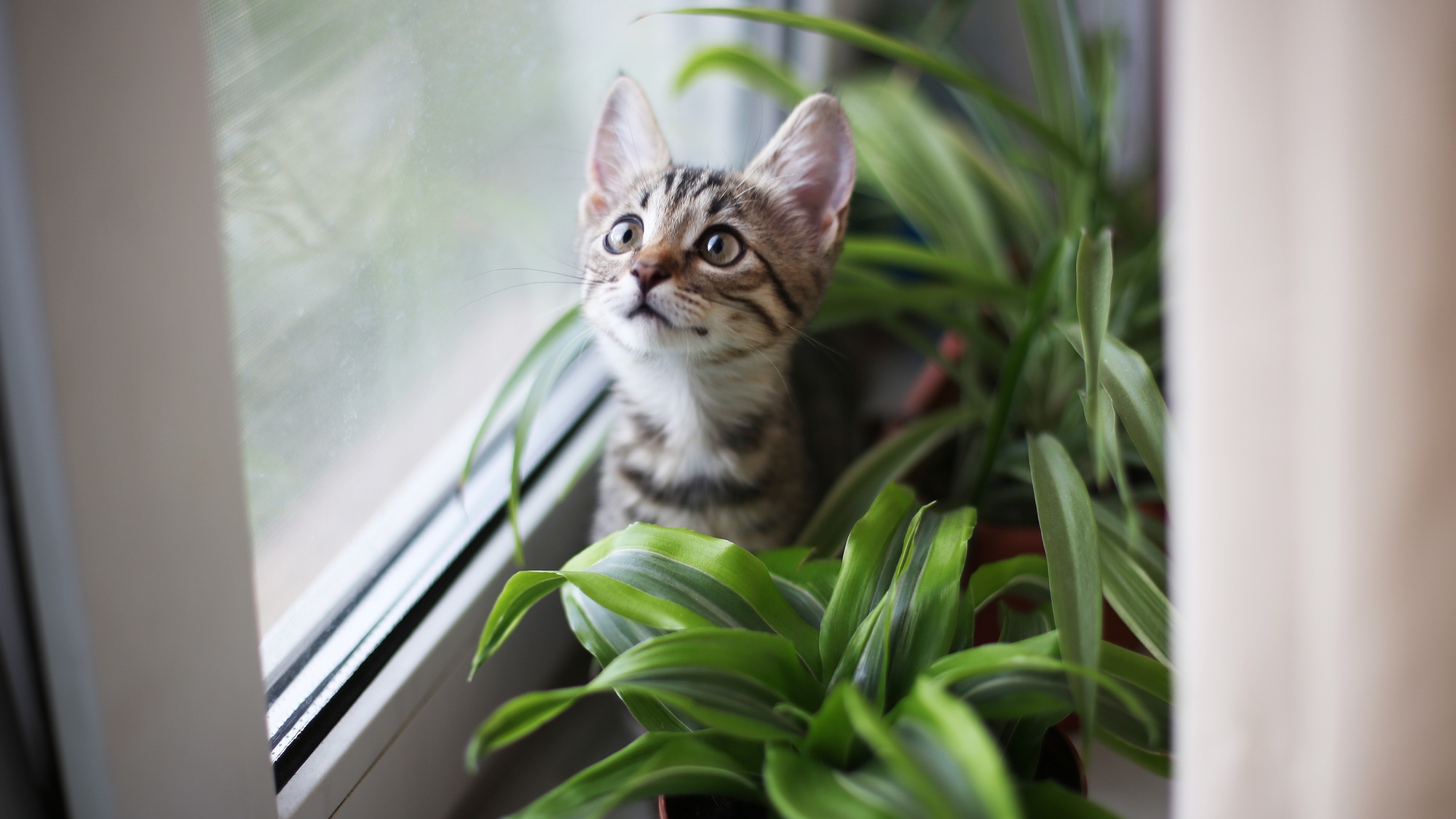
Plants are a wonderful addition to any home, instantly elevating a space to make it feel more alive and serene. But if pets are part of your household, you'll want to make sure whatever potted friends you add to the family are nontoxic. After all, even the most well-behaved cat or dog is bound to sneak a nibble at some point.
And no plant is worth jeopardizing your fur baby's health. Some common houseplant species are toxic to pets when ingested and can cause seizures, tremors and vomiting among other health issues.
Luckily there are plenty of options out there for pet-friendly indoor house plants. These plants can brighten our living areas, naturally purify the air (although they’re not as proficient as the best air purifiers), and even boost our mood while still making sure your furry friend is safe and sound.
Plants can help defend your home against unwanted pests as well, whether it's these 7 plants that keep rats and mice from invading your home or 9 fly-repellent plants that will keep your home bug free. If you're having trouble with ants, check out 7 ant-repellent plants to keep your home pest-free. These 5 houseplants can even help prevent mold in your home.
An important note: Even nontoxic plants have the potential to cause health issues if your pets are left to nibble at them as they please. As with anything, even safe foods, overindulgence can upset your pet's stomach. Also take care if you fertilize your plants or spray them with insecticides, as these chemicals could change your house plant from safe to dangerous for your pets to consume.
So if you're looking to add some greenery to your home that won't hurt your fur babies, here are the 7 best pet-safe indoor house plants.
For more information, the ASPCA has an extensive list of both indoor and outdoor plants to avoid if you have pets. All the species you'll see below are considered nontoxic to both cats and dogs by the ASPCA.
Get instant access to breaking news, the hottest reviews, great deals and helpful tips.
1. Spider plant
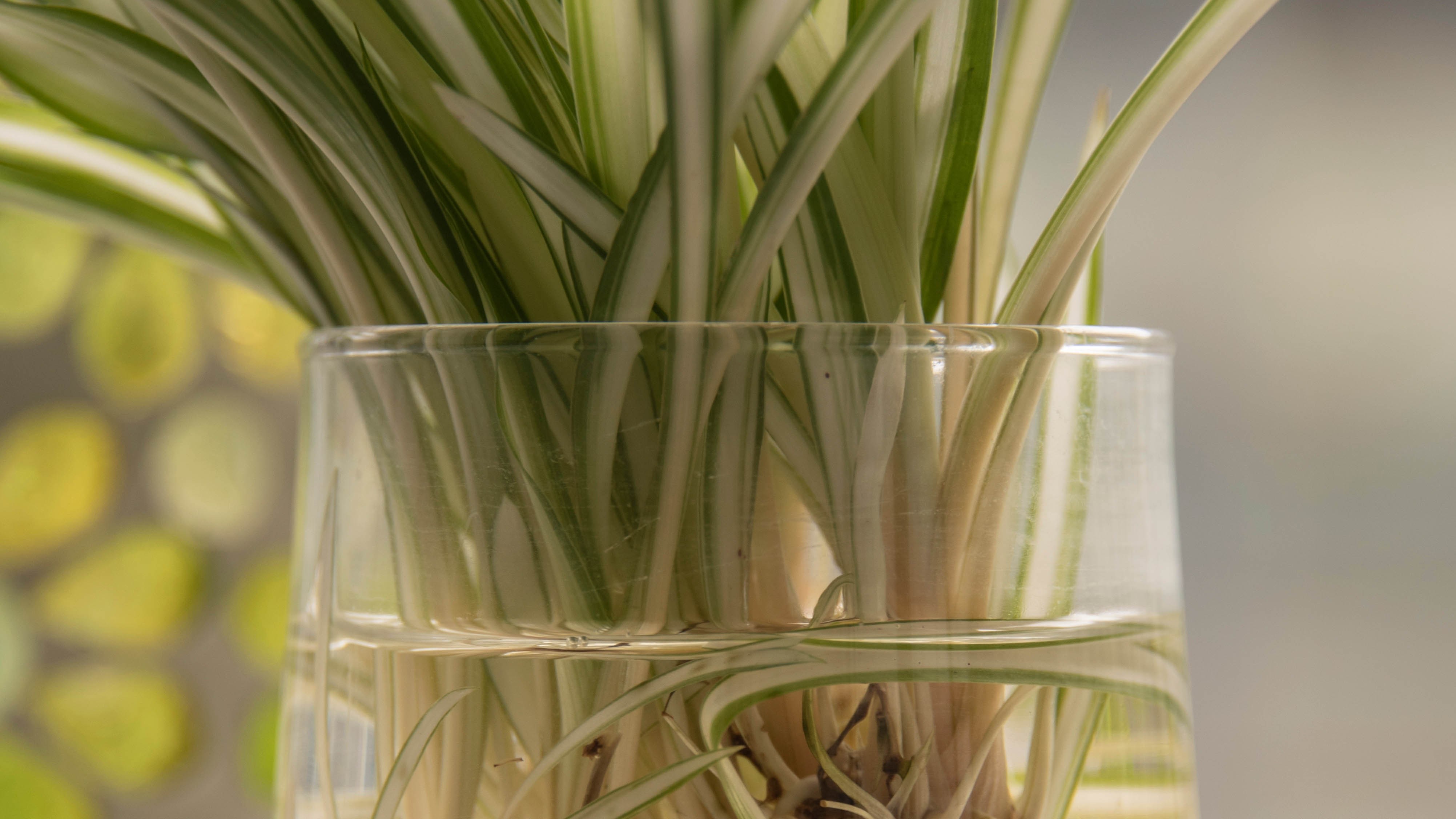
Ignore their creepy-crawler namesake — spider plants are some of the most popular and easy-to-grow house plants out there. They're fairly tolerant of neglect, making them super beginner friendly. Spider plants thrive in moderate, indirect sunlight, though they're one of several plants that can survive without sunlight at all. Too much direct sunlight can burn their leaves and cause brown spots to pop up.
As for care, spider plants prefer to dry out somewhat between waterings. To figure out whether your plant's thirsty, use the finger test: Just stick your finger into the surface of your potting mix, and if the top inch or so of soil is dry, it's time to water again.
But don't worry too much about a strict watering schedule. The roots of spider plants contain fleshy tubers just beneath the soil that retain moisture well, so inconsistent watering won't make or break these hearty plants. Spider plants can be sensitive to fluoride in tap water, though. So if you're seeing brown spots or tips on an otherwise healthy plant, try switching to purified or distilled water instead.
For more tips, check out our guide on how to care for a spider plant.
2. Boston fern

The veritable poster child of the fern world, Boston ferns are quick-growing plants that'll leave your home covered in beautiful feathery fronds before you know it.
Boston ferns do best in bright, indirect sunlight. Too much sun, and their delicate fronds can burn; too much shade, and their fronds can grow sparse and limp. They're especially amenable to dappled shade, making them a great option for porches.
Unlike some of the other plants on this list, Boston ferns require frequent watering, as they're used to warmer, more humid climates. Keep the soil lightly moist, but not soggy, when it's actively growing during the spring and summer months by watering about once a week. When the plant goes dormant in the fall and winter, you can get away with watering every other week.
3. Gloxinia
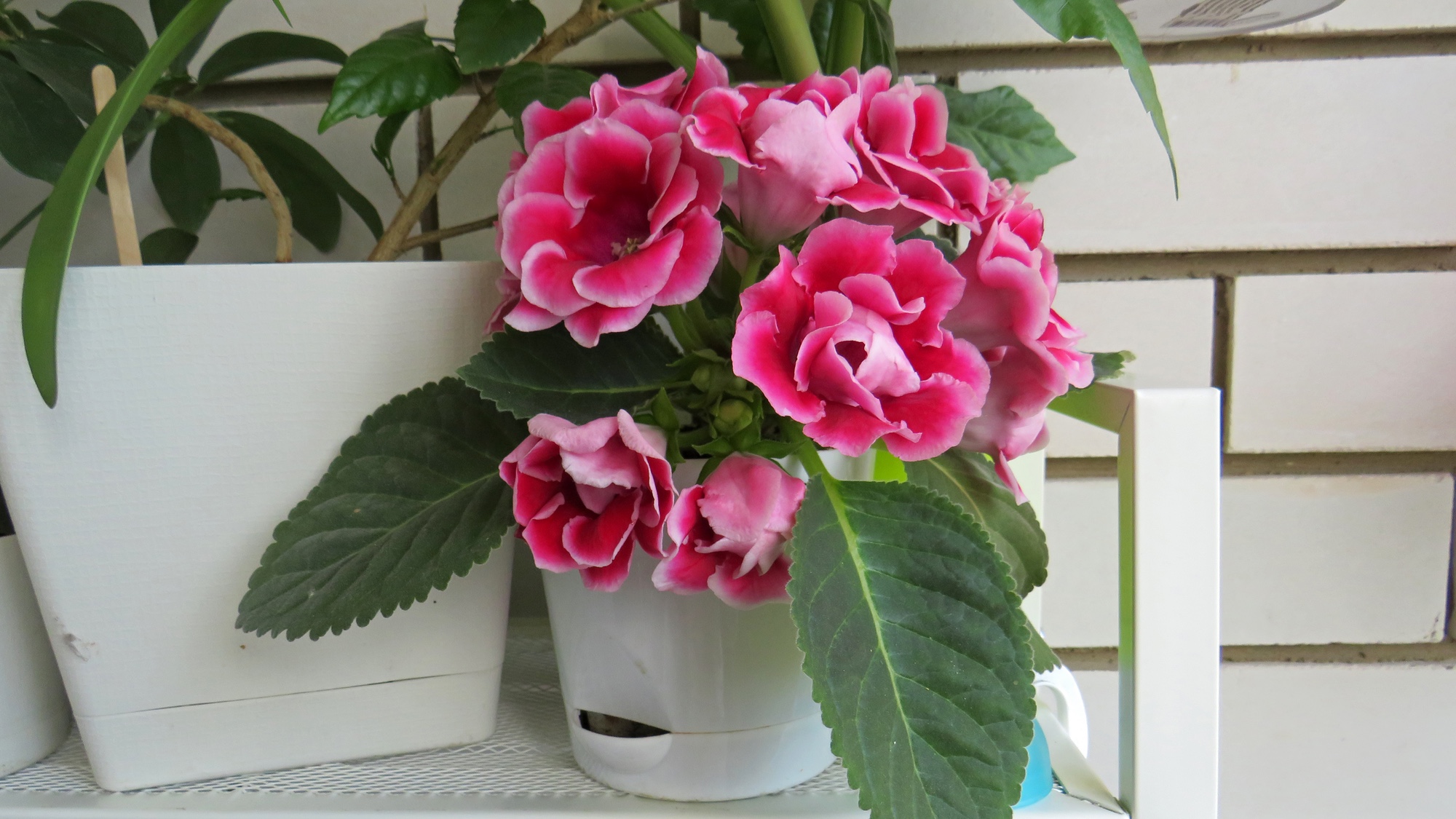
Gloxinia plants are known for their bright, colorful flowers and gorgeous blooms, which last for about two months each season. Gloxinia plants can be moderately difficult to care for because of their delicate roots and leaves. As such, they may not be the best for beginners.
These plants thrive in partial to full shade, so avoid direct sunlight. In terms of watering, Gloxinia plants grow best in soil that's kept constantly moist. Their leaves are especially prone to brown spots when wet, so water directly to the soil under the leaves.
4. African violets
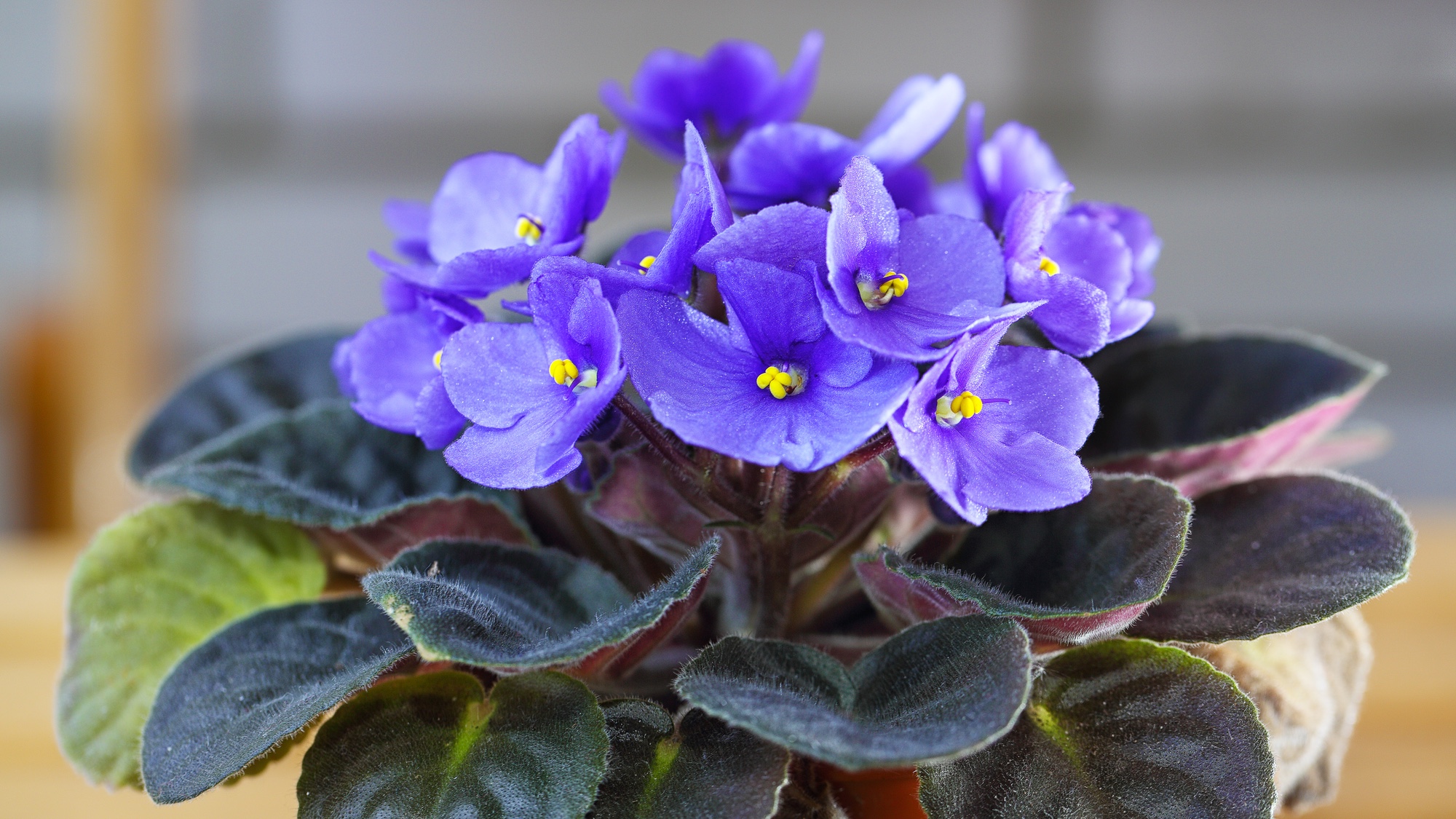
These flowering plants are reminiscent of Gloxinia, but at a smaller scale. Despite their namesake, African violets aren't actually violets, but their blossoms are that same vibrant hue.
You'll get the most blooms out of your African violet by letting it grow in bright, indirect sunlight. Direct light can burn their sensitive leaves. They're also amenable to artificial lighting as well. To gauge whether it's getting enough sun, check out the leaves. If they're thin and dark green, it's not getting enough light, while bleached leaves mean you may want to find a shadier spot.
Overwatering can devastate these plants, so take care to let the soil dry out slightly between waterings. Also, using water that's too cold can lead to white rings and spots on the leaves.
5. Baby's tears
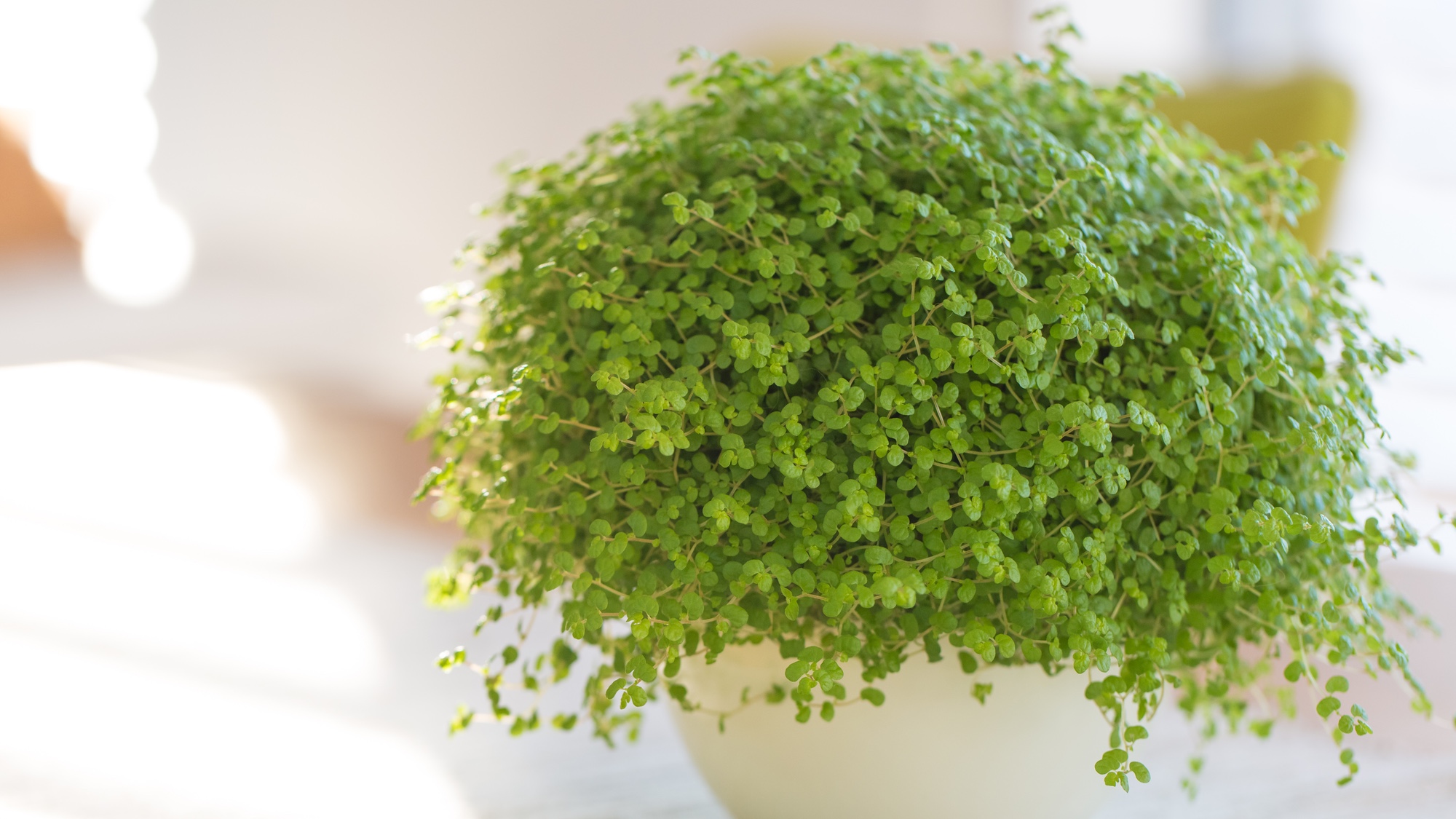
If you didn't know any better, you might mistake the Baby's tears plant and its closely packed stems of tiny, rounded leaves as a member of the moss family. But it's actually a type of nettle — one of the few that's non-toxic to pets.
These plants can thrive in areas that don't get a lot of light and love humidity, making them a common staple of terrariums. In terms of watering, keep the soil moist but never soggy, as it's particularly susceptible to root rot.
6. Peperomia

If your pets are serial nibblers and no house plant is safe, try getting a Peperomia. This hearty plant is famous for its durability. Dog knocks it over? No problem. Cat's been gnawing away at its leaves? Don't worry about it. These guys are some serious troopers.
Peperomia come in a variety of colors and textures that all require similar care, so if you're aiming to amass a low-maintenance collection that still looks stunning, look no further. Just pop this plant in medium to bright indirect light, water it when the soil is dry, and that's it. Peperomia are slow but steady growers, even when kept on the dry side, so don't fret if you forget to water it regularly.
7. Calathea
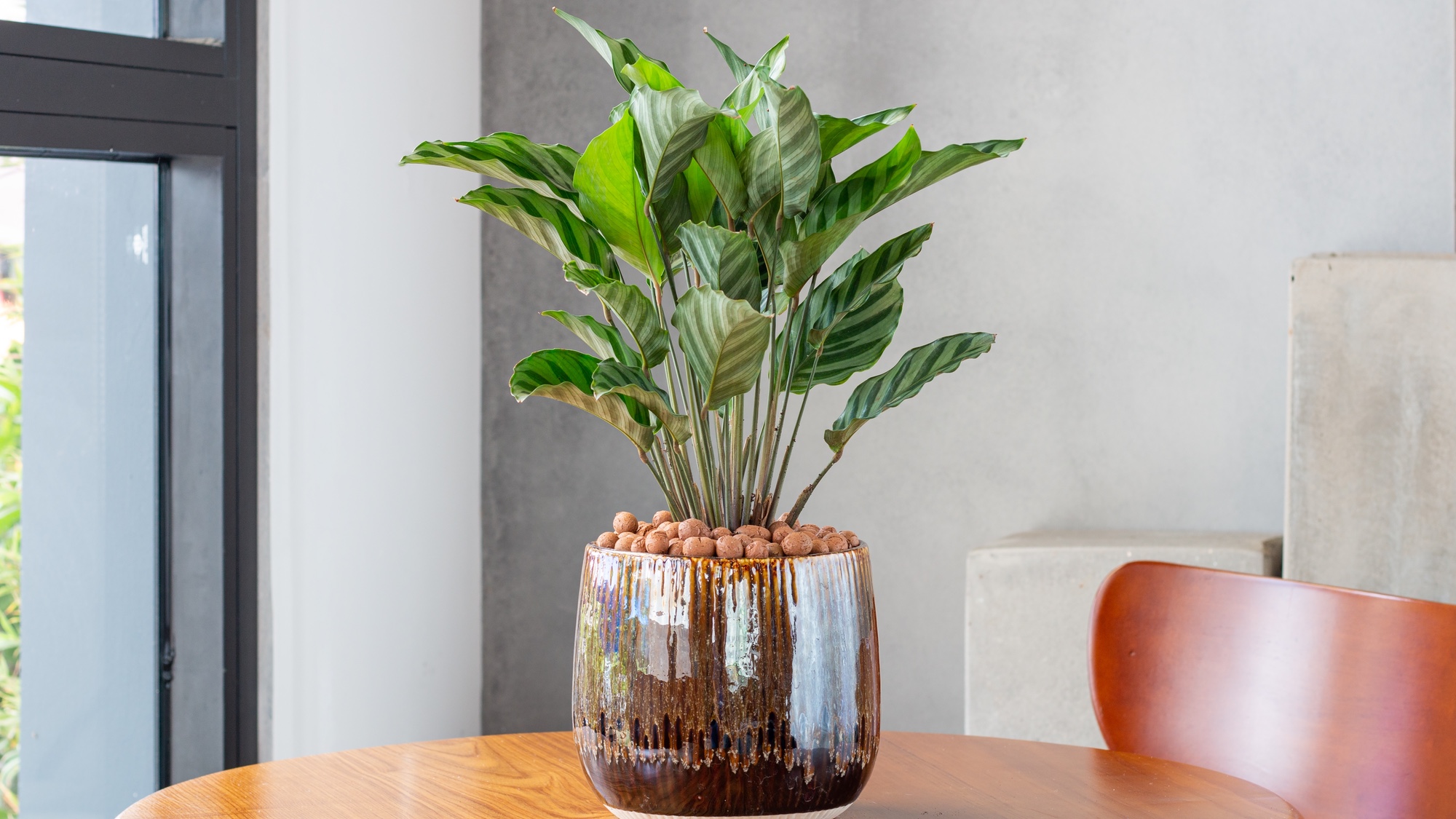
Calathea are a member of the prayer plant family, a nickname stemming from the daily movements of the plant's leaves. To maximize light absorption, the leaves fan out during the day and fold together like a pair of praying hands after the sun goes down.
Calatheas are notoriously fussy plants, and probably take the crown for the most difficult to care for on this list. They prefer warm, humid environments, thrive in medium to bright indirect light, and require regular watering every 1 to 2 weeks, letting the soil dry out halfway in-between drinks. If you live in a drier climate, consider setting up a humidifier nearby to boost the moisture levels in the air.
More from Tom's Guide
- Here are 7 ways to remove pet odor from your home
- How to identify plants on iPhone
- 9 plants that repel mosquitoes

Alyse Stanley is a news editor at Tom’s Guide, overseeing weekend coverage and writing about the latest in tech, gaming, and entertainment. Before Tom’s Guide, Alyse worked as an editor for the Washington Post’s sunsetted video game section, Launcher. She previously led Gizmodo’s weekend news desk and has written game reviews and features for outlets like Polygon, Unwinnable, and Rock, Paper, Shotgun. She’s a big fan of horror movies, cartoons, and roller skating. She's also a puzzle fan and can often be found contributing to the NYT Connections coverage on Tom's Guide
